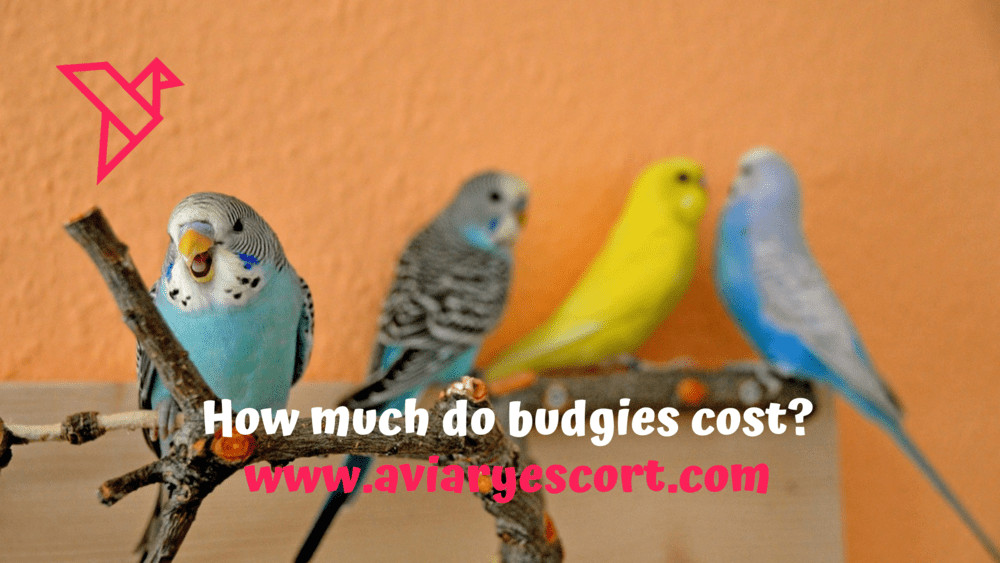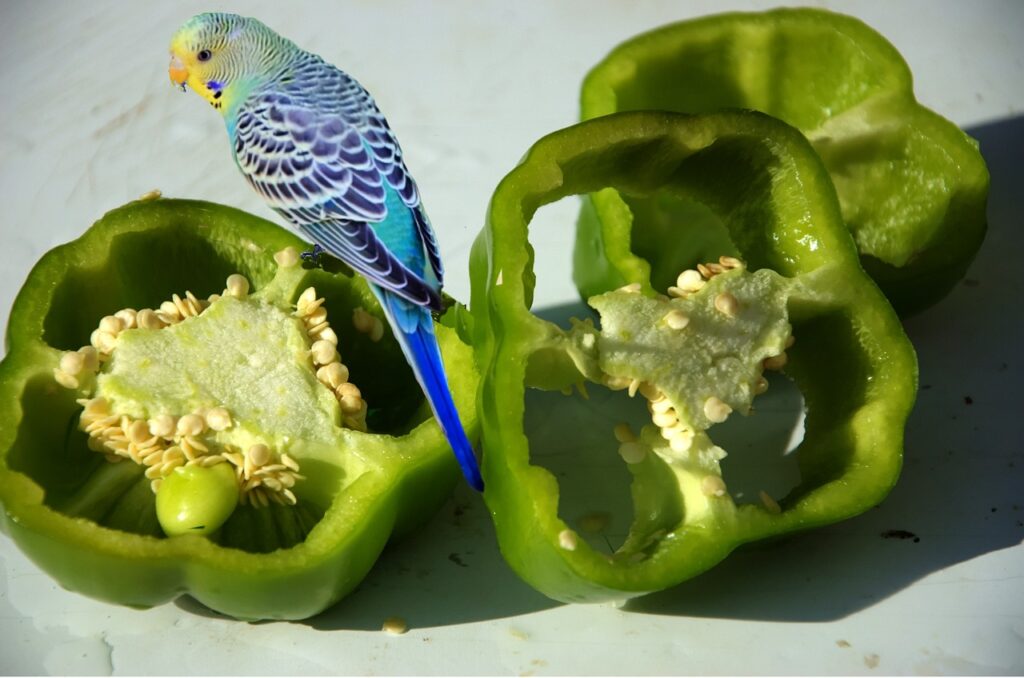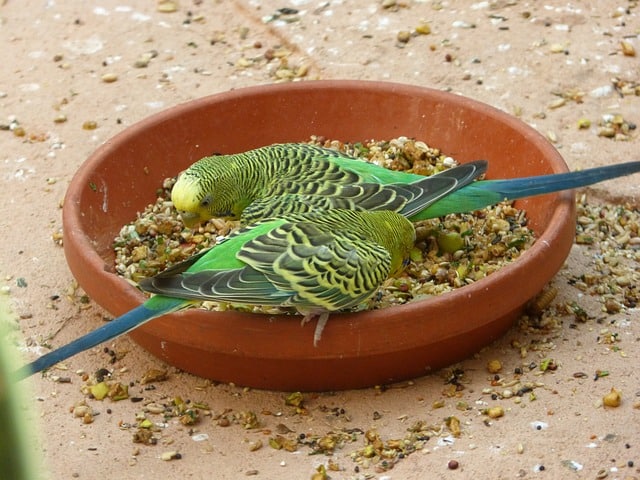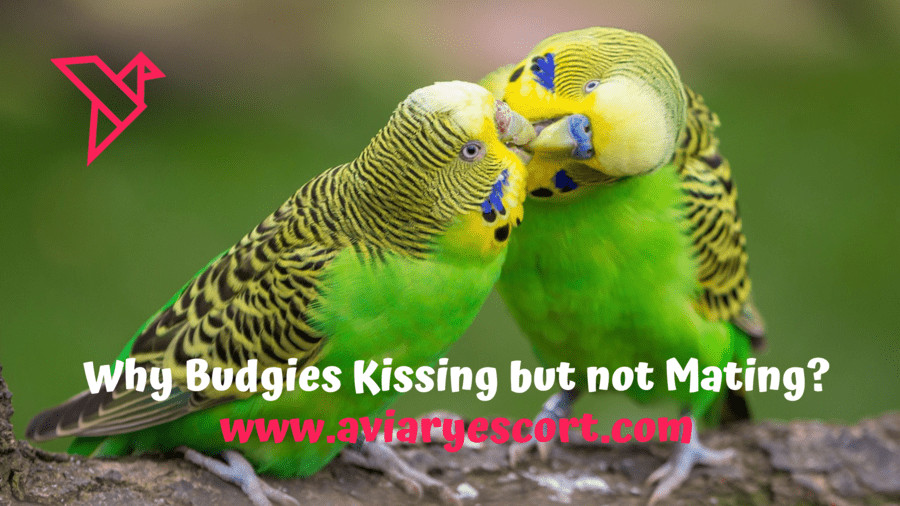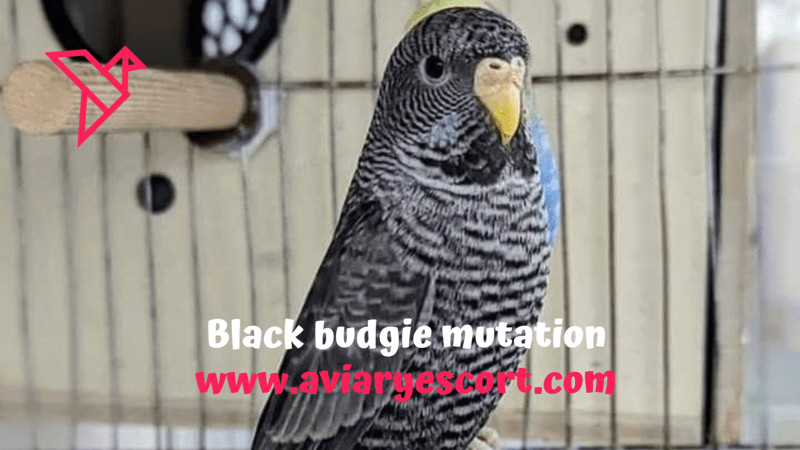Welcoming a budgie into your life brings joy, but understanding the financial aspects is vital. This article unlocks the mystery of budgie costs, providing essential insights before bringing these charming avian companions into your home.
Explore the factors influencing budgie prices, differentiate between common and specialty mutations, and grasp the initial setup and ongoing care expenses. Discover savvy tips for acquiring budgies at affordable prices without compromising on quality.
Whether you’re a budding budgie owner or a seasoned enthusiast, this article serves as your comprehensive guide, simplifying the complexities of budgie expenses and empowering informed decisions.
Average Purchase Cost of Budgie
When it comes to the average purchase cost of budgies, it’s crucial to distinguish between common budgies and other mutations, such as English budgies, each with its own price range.
Cost of Common Budgies
Common budgies, also known as standard budgies, typically come in various colors like green, yellow, blue, or a combination of these hues. The average price of common budgies ranges from $10 to $40. The prices do vary depending upon several factors i.e. purchasing location, budgie age, seller etc. These budgies are popular choices for beginners due to their affordability and delightful personalities.
Cost of Other Mutations like English Budgies
Conversely, English budgies boast larger size, fluffier feathers, and distinct colors compared to their common counterparts. These mutations, often considered show-quality birds, can cost anywhere between $50 to $300, depending on their specific mutation and breeder reputation. The rarity of their colors, such as albino, lutino, or pied variations, can significantly influence their price.
Budgies are social birds and live in flocks in the wild. So, consider purchasing at-least 2 budgies to keep them healthy and happy. Learn! How Many Budgies Should I Get? | Complete Guide
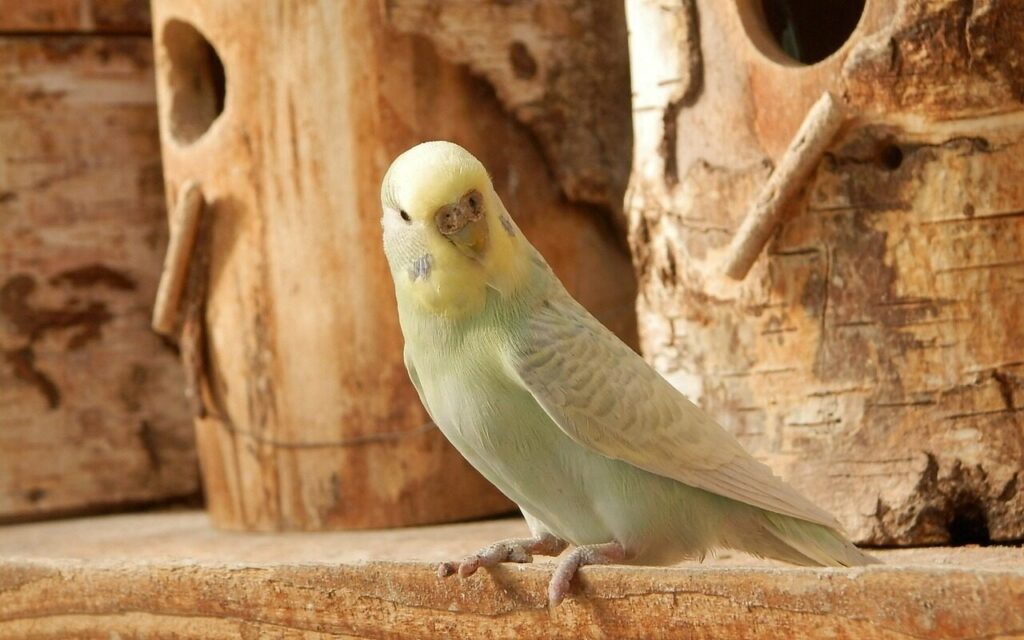
Budgie Costs Overview
| Expense Category | Estimated Cost Range (First Few Weeks) | Estimated Annual Cost Range |
|---|---|---|
| Budgie | $20 – $50 | – |
| Cage | $30 – $80 | – |
| Perches and Toys | $15 – $40 | $40 – $80 |
| Food and Water Dishes | $10 – $20 | – |
| Food (Seed/Pellets) | $15 – $30 | $50 – $100 |
| Fresh Produce | – | $30 – $50 |
| Bedding | $5 – $15 | $15 – $30 |
| Cuttlebone/Mineral Blocks | $5 – $10 | $10 – $20 |
| Vet Check-ups | – | $50 – $100+ |
| Total (First Few Weeks) | $80 – $195 | – |
| Total (Annual) | – | $195 – $410+ |
Please note: All costs are estimates and can vary based on various factors including location, budgie’s health, preferences, and specific needs.
For better understanding you can read the budgies initial and ongoing cost in detail.
Initial Costs of Housing a Budgie
When considering the initial costs of welcoming a budgie into your home, several essentials need to be considered beyond the bird’s purchase price. These initial expenses encompass creating a comfortable and safe environment for your budgie to thrive.
Budgie Purchase Price
The first cost to consider is the purchase price of the budgie itself. Common budgies usually fall within the price range of $10 to $40, while specialty variations like English budgies or unique mutations may range from $50 to $300, depending on rarity and breed.
Suitable Cage and Accessories
Investing in an appropriate cage is crucial. The cost of a budgie cage typically ranges from $30 to $100. Consider a cage size that allows ample room for your budgie to move and spread its wings comfortably. Additionally, essential accessories such as perches, toys, and food dishes add an extra $20 to $50 to the initial setup.
Essential Supplies
Other initial supplies include bedding, food (seeds or pellets), and a water dispenser. These foundational items collectively add to the initial cost, approximating around $20 to $30, ensuring your budgie has a cozy and well-fed start in its new home.
Nesting and Cleaning Materials
Investing in nesting materials and cleaning supplies is vital. These include nesting boxes, liners for the cage bottom, and safe cleaning products, amounting to an additional $10 to $20.
By factoring in these initial costs for housing a budgie, aspiring bird owners can create a welcoming and secure space for their feathered companions. Understanding these upfront expenses aids in budgeting and preparing for the joyous arrival of a new budgie.
Ongoing Costs of Budgie Care
Beyond the initial setup, owning a budgie involves ongoing expenses to ensure their well-being and happiness. These recurring costs are essential for maintaining a healthy and thriving environment for your feathered friend.
Monthly Food Expenses
Budgie diets primarily consist of seeds, pellets, and fresh produce. Monthly expenses for quality food range from $20 to $30, ensuring your budgie receives essential nutrients for optimal health.
Veterinary Care and Check-ups
Regular veterinary check-ups are crucial for monitoring your budgie’s health. Budgeting approximately $50 to $100 annually for vet visits helps address any potential health concerns and ensures preventive care.

Miscellaneous Expenses
Additional expenses, such as grooming supplies, supplements, or occasional toy replacements, contribute to ongoing costs, averaging around $10 to $20 per month.
Consideration for Treatments and Medications
In unforeseen circumstances where your budgie may require treatments or medications, these expenses should also be factored into the ongoing costs. Prices for specific treatments or medications vary based on the health issue and vet recommendations.
Understanding the ongoing expenses involved in caring for a budgie allows owners to plan and budget responsibly for their pet’s continuous care. Ensuring a consistent provision of quality food, regular vet check-ups, and addressing miscellaneous needs contributes to a happy and healthy life for your budgie companion.
Factors Affecting Budgie Prices
The pricing of budgies varies due to several influential factors that impact their market value. Understanding these determinants provides insight into why budgie prices differ across individuals and breeders.
1. Color Mutations and Rarity
The primary factor contributing to fluctuating budgie prices is the bird’s color mutation. Rarer color variations such as albino, lutino, pied, spangle, or recessive pied command higher prices due to their scarcity and demand. Breeders often invest considerable effort in breeding and maintaining these unique color mutations, which reflects in their higher market value.
2. Age and Quality
The age and quality of a budgie also play a role in determining its price. Younger budgies, especially those with desirable genetic traits, tend to be more expensive. Birds that exhibit excellent health, strong genetics, and conform to breed standards may also come with a higher price tag due to their perceived value.
3. Breeder Reputation and Pedigree
Established breeders with a reputable track record often produce budgies of superior quality. Budgies originating from well-known breeders or possessing pedigrees with documented lineage may fetch higher prices, attributed to the breeder’s expertise and the bird’s assured quality.
4. Local Demand and Geographic Location
Local demand and geographic location significantly influence budgie prices. In areas with limited availability or high demand for specific mutations or breeds, prices may be higher compared to regions with a surplus or lower demand for similar budgies.
5. Market Trends and Seasonal Variations
Market trends and seasonal fluctuations can also impact budgie prices. Trends in popular colors or mutations may cause price surges, while seasonal variations, such as breeding seasons, can affect availability and consequently, pricing.
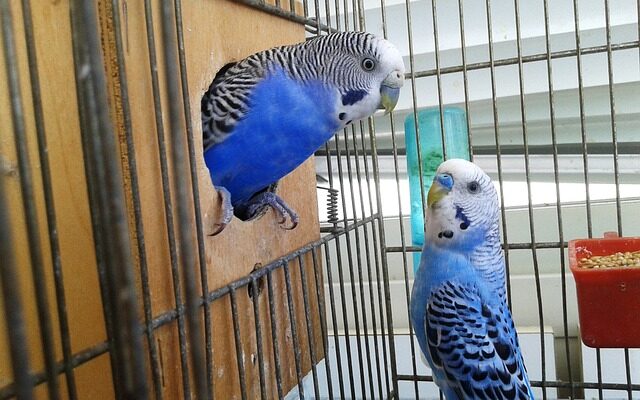
Why Are Budgies So Cheap?
Budgies are cheap because of their prolific breeding, smaller size and lower upkeep costs. The affordability of budgies in the pet market stems from several compelling factors:
1. Prolific Breeding and High Availability
Budgies, known for their prolific breeding capabilities, contribute significantly to their affordability. These small parrots breed readily in captivity, resulting in a consistent and ample supply within the pet market. Their ease of reproduction ensures a high availability of budgies, minimizing scarcity and keeping prices relatively low.
Read more! How Many Times Do Budgies Breed in a Year?
2. Low Maintenance Costs
Compared to larger parrot species, budgies come with relatively low upkeep costs. Their diet primarily consists of seeds, which are economically priced, making the overall expense of maintaining these avian companions quite reasonable for pet owners.
3. Mass Production by Breeders
Some breeders focus on mass-producing budgies due to their popularity and steady demand. This increased production generates a larger supply in the market, fostering competition among breeders and pet stores, thus contributing to the affordability of budgies.
4. Popularity and Consumer Demand
The widespread popularity of budgies as pets is a driving force behind their affordability. These charming birds are adored for their vibrant colors, playful nature, and ability to form bonds with their human companions. Their immense popularity creates a consistent demand, encouraging competitive pricing and accessibility for potential owners.
5. Size and Space Requirements
Budgies, being smaller in size compared to larger parrot species, have more manageable housing and space requirements. The reduced initial setup costs in terms of housing contribute to their affordability, making them an attractive option for pet enthusiasts.
6. Quick Maturity and Longevity
Budgies reach maturity relatively swiftly, allowing breeders to produce them at a faster rate compared to some other avian species. Despite their small size, budgies boast a reasonably long lifespan, typically ranging from 5 to 10 years or even longer, providing owners with long-term companionship for a reasonable investment.
8 Tips for Buying Budgies at a Lower Price
Acquiring budgies at a lower price requires savvy decision-making and awareness of certain strategies:
1. Research and Compare Prices
Conduct thorough research on different breeders, pet stores, or online marketplaces to compare budgie prices. Explore various sources to find competitive pricing and potential discounts offered by reputable sellers.
2. Consider Standard Budgies
Opting for standard budgies, which are more commonly available and come in traditional colors, often proves more cost-effective compared to specialty mutations or show-quality birds.
3. Attend Bird Shows or Expos
Visiting bird shows or expos can provide opportunities to connect with breeders directly. These events sometimes offer discounted prices or special deals for budgies.
4. Adopt or Rescue
Consider adopting or rescuing budgies from shelters or rescue organizations. These birds might be available at lower costs, and you’re providing a loving home to a budgie in need.
5. Buy in Pairs or Multiples
Some breeders or sellers may offer discounts when purchasing multiple budgies together. Buying in pairs or more can sometimes lead to cost savings per bird.
6. Negotiate or Inquire About Discounts
Don’t hesitate to negotiate prices or inquire about potential discounts, especially when buying multiple budgies or if purchasing from a breeder directly.
7. Consider Health and Age
While seeking lower prices, ensure you’re not compromising on the budgie’s health or age. Opting for healthy, younger birds might require a slightly higher initial investment but could save on potential vet bills in the long run.
8. Timing of Purchase
Timing can sometimes affect prices. Consider purchasing budgies during off-peak seasons or times when breeders or stores may offer promotions or sales.
By employing these tips and being strategic in your approach, it’s possible to find budgies at lower prices without compromising on their well-being or quality, ensuring a rewarding and budget-friendly experience for prospective budgie owners.
Conclusion
As we conclude this exploration into budgie costs, it’s evident that understanding the financial aspects of owning these charming birds is as crucial as the joy they bring. This article has meticulously unpacked the intricacies of budgie pricing, shedding light on factors influencing costs and savvy strategies for budget-conscious enthusiasts.
By delving into the nuances of budgie prices, differentiating between types, and outlining tips for cost-effective purchases, we’ve equipped you with the knowledge to make informed decisions. Remember, affordability doesn’t diminish the immeasurable value these avian companions offer.
FAQs
1. Do budgies require special medical attention?
Yes, budgies should receive regular check-ups from avian veterinarians to ensure their well-being.
2. Can I feed my budgie regular birdseed mix?
While birdseed mix is a staple, supplementing with fresh fruits and vegetables is important for a balanced diet.
3. Are there affordable toy options for budgies?
Absolutely, there are budget-friendly toy choices that provide mental stimulation and entertainment.
4. Do budgies interact well with other pets?
Budgies are social birds, but cautious introductions are necessary when introducing them to other pets.
5. Are there rescues specifically for budgies?
Yes, there are rescues and shelters that focus on bird adoption, including budgies.
Read more! English Budgies | English Budgie vs American Budgie
